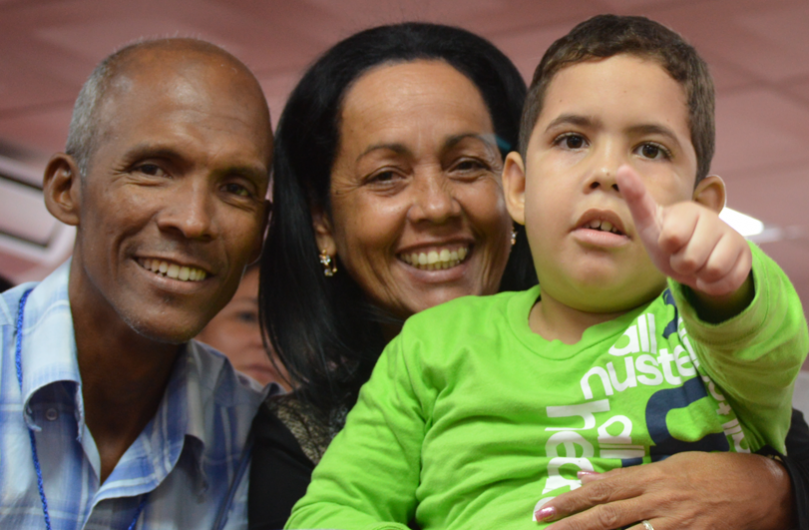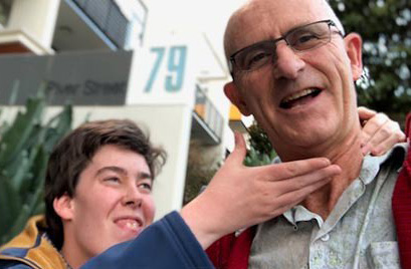PWS Growth Charts
Some copy here to explain the following documents and the info they contain
0-36 Months
To generate and report standardised growth curves for weight, length, head circumference, weight/length, and BMI for non– growth hormone–treated white infants (boys and girls) with Prader-Willi syndrome (PWS) between 0 and 36 months of age. The goal was to monitor growth and compare data with other infants with PWS.
0-18 Years
The purpose of the current study was to develop syndrome-specific standardised growth curves for growth hormone–treated Prader-Willi syndrome (PWS) individuals aged 0 to 18 years. Anthropometric growth-related measures were obtained on 171 subjects with PWS who were treated with growth hormone for at least 40% of their lifespan. They had no history of scoliosis. PWS standardised growth curves were developed for 7 percentile ranges using the LMS method for weight, height, head circumference, weight/length, and BMI along with normative 3rd, 50th, and 97th percentiles plotted using control data from the literature and growth databases. Percentiles were plotted on growth charts for comparison purposes. Growth hormone treatment appears to normalise stature and markedly improves weight in PWS compared with standardised curves for non–growth hormone–treated PWS individuals. Growth chart implications and recommended usage are discussed.
3-18 Years Non-Growth Hormone Treated
The goal of this study was to generate and report standardised growth curves for abstract weight, height, head circumference, and BMI for non–growth hormone–treated white male and female US subjects with Prader-Willi syndrome (PWS) between 3 and 18 years of age and develop standardised growth charts.
International Community
IPWSO was established so that PWS associations, families, clinicians and caregivers around the world could exchange information and support and have a united global voice under one umbrella.
Information for Medical Professionals
The latest medical and scientific research and information, plus guides into common medical issues affecting people with PWS.



